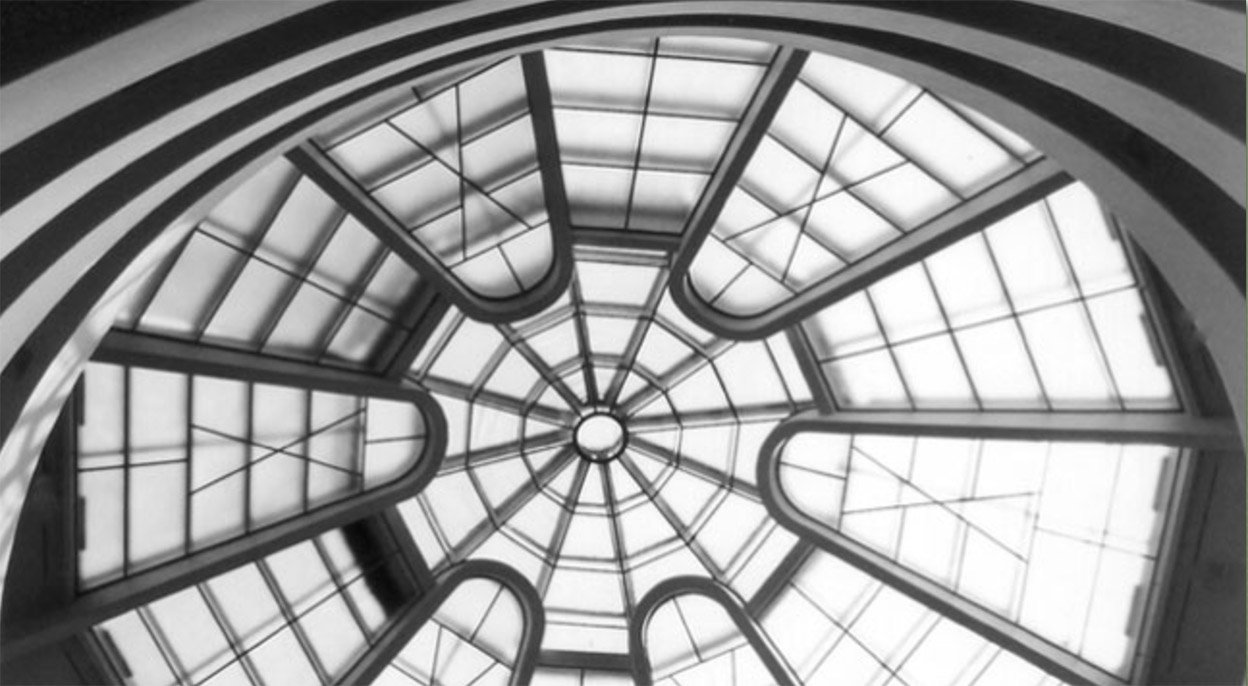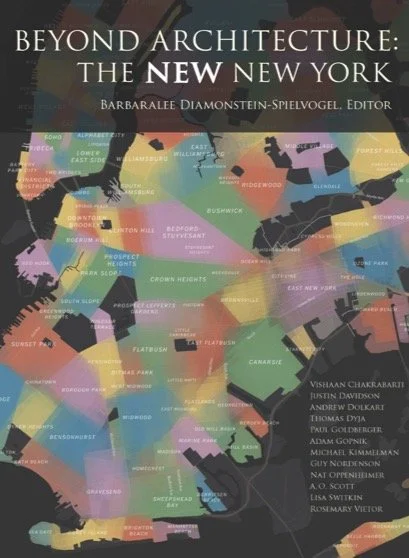
The Historic Landmarks Preservation Center
THE CULTURAL MEDALLION PROGRAM
The Historic Landmarks Preservation Center addresses many aspects of the built environment in New York City, and beyond, by publishing books, articles and pamphlets. The HLPC also creates and produces television programs, organizes lectures, symposia, and traveling exhibitions that concern historic preservation and history, as well as presenting public art exhibitions.
Dr. Barbaralee Diamonstein-Spielvogel, the founder/chair of the HLPC has created numerous new programs including the Historic District Street Name signs that delineate each and every street of the designated 156 Historic Districts (as of January, 2024) of New York City, and the porcelainized Historic District Markers and Map program, that offer the history of those Districts; both of these programs were adopted as official standards by the City of New York. The HLPC also created the Cultural Medallions program, to document notable occurrences, individuals, and other important aspects of New York City's cultural, economic, political, and social history. The Cultural Medallions program celebrates the lives of such diverse individuals as James Baldwin, George Gershwin, Babe Ruth, Edna St. Vincent Millay, Jonas Salk, Dawn Powell, I.M. Pei, Bernard Baruch, and Alfred Butts, the inventor of Scrabble. The Historic District Street Name Sign program, and the Cultural Medallions program have been adapted in other U.S. cities, and the latter was also employed by the National Trust for Historic Preservation, in collaboration with Parade Magazine, in May 2007.
Barbaralee is also the author of The Landmarks of New York, the first comprehensive publication on New York City’s landmarks, originally published in 1988 by Harry N. Abrams, and updated since then with five more editions. The most recent editions were published by SUNY Press (Fifth Edition, 2011) and NYU Press (Sixth Edition, 2016). Her 24 publications also include Notable New Yorkers: HLPC Cultural Medallions Program (G.H. Soho, 2018), a guide to and history of the Cultural Medallions program.
Brooklyn Bridge photo credit: Robert Linton
HLPC /Landmarks 60 Alliance News
EVENTS FOR “BEYOND ARCHITECTURE: THE NEW NEW YORK”
February 20, 2025
The New York Library Society
Vishaan Chakrabarti, Thomas Dyja, and Rosemary Vietor
53 East 79th St
. New York, NY 10075
Event Information
March 17, 2025
Brooklyn Public Library/Center for Brooklyn History
Vishaan Chakrabarti, Lisa Switkin
128 Pierrepont St, Brooklyn, NY 11201
Event Information
April 15th, 6PM
The Skyscraper Museum
Nat Oppenheimer, Justin Davidson
39 Battery Pl, New York, NY 10280
To Register Click Here
April 28th 2025 6:30PM
Temple Emanu-El
Adam Gopnik, Paul Goldberger, Justin Davidson, Vishaan Chakrabarti, Lisa Switkin
1 E 65th St, New York, NY 10065
To Register Click Here
May 9th 2025 6:30PM
The Public Theater/The Anspacher
Adam Gopnik, Paul Goldberger, Moderator: Oskar Eustis
425 Lafayette St, New York, NY
To Register Click Here
October 1, 2025 6:00PM
The Colony Club
Paul Goldberger, Rosemary Vietor, Vishaan Chakrabarti
564 Park Ave, New York, NY
October 14, 2025 6:00PM
Villa-Albertine
Cultural Services of the French Embassy
Vishaan Chakrabarti, Paul Goldberger, Muriel Mauriac
972 5th Avenue, New York, NY 10075
Website
November 18, 2025 6:00PM
Henry George Society
Thomas Dyja, Lisa Switkin, Anthony Wood
Moderator - Guy Nordenson
149 E 38th St, New York, NY
Website
About The Cultural Medallions Program
New York has been at the forefront of highlighting its rich cultural, economic, political and social history. Nearly 30 years ago, in 1995, Barbaralee Diamonstein-Spielvogel created the Cultural Medallion program for the not-for-profit Historic Landmarks Preservation Center, which she chairs.
The Cultural Medallions Program was initiated to create a sense of pride in history and of place among New Yorkers and visitors, to document significant individuals, and notable occurrences related to the economic, political, and social history of New York City.
Cultural Medallions are placed on buildings associated with distinguished New Yorkers in the arts, sciences, the law, business, education, sports and politics. The elegant oval terra-cotta, black and white plaques, designed pro bono by award-winning graphic designer Massimo Vignelli, recognize that history is about more than bricks and mortar, but what people have accomplished under city roofs is what truly matters. "Not only do they help bring history alive," Barbaralee says of the medallions, "they are meant to illuminate how New York City became as diverse and vital, as energetic and dynamic as it is. They are meant to motivate you in your own life. This program honors the past, and by sharing these multiple histories, we hope to inspire people in the future."















